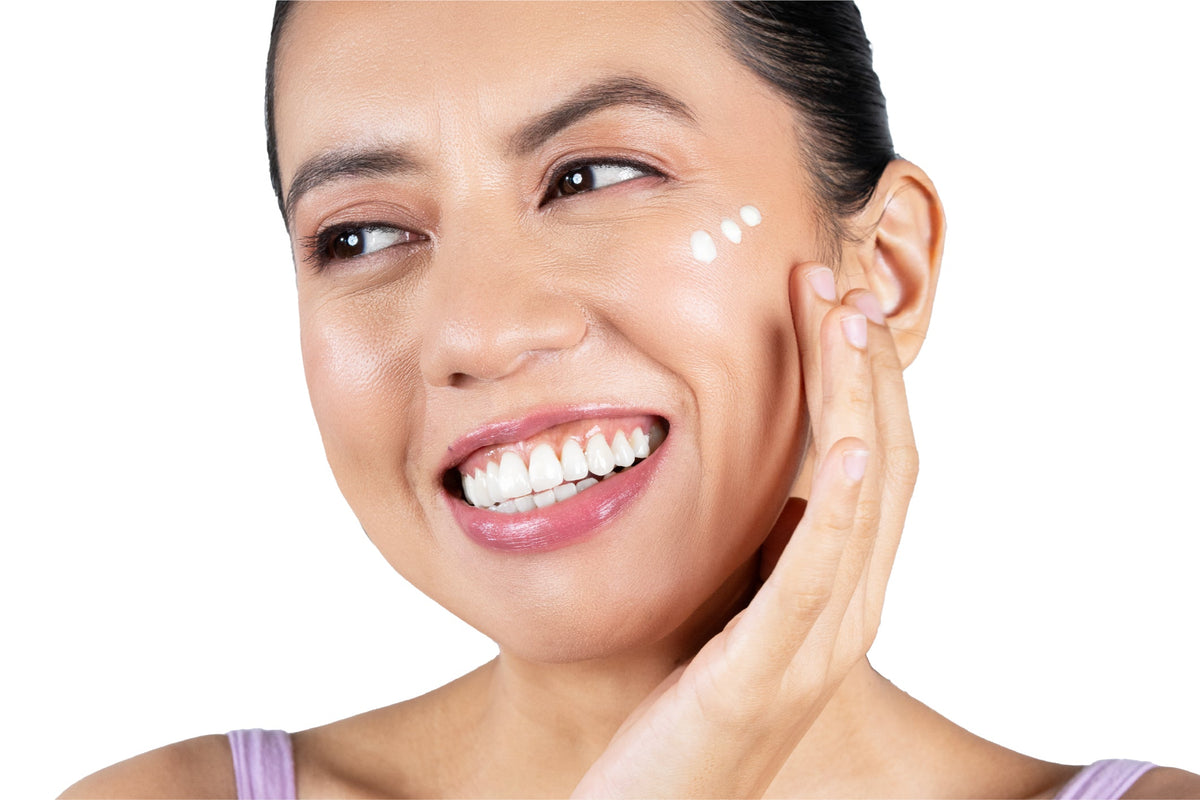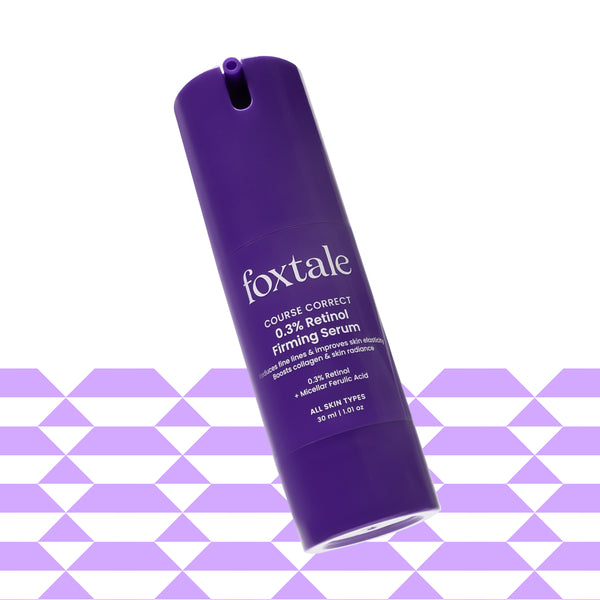
Retinoids have been at the centre of dermatology conversations for decades. Derived from Vitamin A, they’re best known for tackling acne, evening out skin tone, and—most famously—softening wrinkles. You’ll often hear about different forms, from over-the-counter Retinol to stronger prescription options like tretinoin.
But when it comes to anti-aging, the real question people ask is: do Retinoids genuinely work against wrinkles, or is it just hype? Let’s break it down with what science and real-world use tell us.
Can Retinoids Really Reduce Wrinkles?
Retinoids remain one of the few skincare ingredients with consistent evidence behind them. Dermatologists rely on them because they go deeper than surface treatments. Instead of just hydrating or masking fine lines, they change how skin behaves.
They stimulate Collagen production, improve cell renewal, and repair signs of sun damage. This isn’t marketing fluff—it’s why Retinoids are often described as the “gold standard” in anti-aging care.
What Types of Wrinkles Respond Best?
This Vitamin A derivative works exceptionally well on fine lines and shallow wrinkles, the kind that come from years of sun exposure and gradual Collagen loss. Crow’s feet, early forehead creases, or faint smile lines are all common targets.
By softening deep-set wrinkles, Retinoids can help with overall texture and brightness, but you may need complementary treatments—like lasers or fillers—for more dramatic improvement. Think of Retinoids as long-term maintenance and prevention rather than an instant eraser.
How Retinoids Work Against Wrinkles
1. Building Collagen Back Up
Collagen keeps skin firm and bouncy, but production slows as you age. Retinoids activate receptors in the skin that tell your cells to make more Collagen. Over time, that helps soften fine lines and restore some lost elasticity.
2. Speeding Up Cell Turnover
Skin naturally sheds old cells and after doing that it replaces them with new ones, but this process slows with age. Retinoids bring that rhythm back to a healthier pace. Fresh cells rise to the surface faster, giving skin a smoother and more even appearance.
You’ll notice not just fewer lines, but also softer texture and improved clarity—almost like a gradual resurfacing.
3. Even-ing Out Tone and Texture
Another reason Retinoids are popular? They don’t just target wrinkles. They also help with pigmentation, rough patches, and uneven tone. Over months of consistent use, skin looks brighter and more uniform, which enhances the overall youthful effect.
Types of Retinoids and What They Can Do
Not all Retinoids are equal. Some are mild and slow-acting, others powerful but more irritating. Knowing where to start makes a big difference.
1. Over-the-Counter Options
The most common is Retinol for skin. Because it needs to convert into its active form (retinoic acid)—it works more slowly but is generally well-tolerated. That makes it ideal for beginners or anyone with sensitive skin.
There’s also retinaldehyde, which sits one step closer to active form than retinol. It tends to deliver faster results but isn’t as widely available.
If you’re just starting out, a Retinol serum can be a good entry point as it introduces your skin to the benefits while keeping irritation low.
2. Prescription-Strength Choices
When over-the-counter products aren’t enough, dermatologists often recommend:
- Tretinoin – the most researched and effective for wrinkles
- Adapalene – widely used for acne but helpful for fine lines too
- Tazarotene – very potent, usually reserved for more resistant cases
Because these are already active forms, they act quickly and give stronger results—but irritation risk also goes up. That’s why medical supervision is important.
3. Potency at a Glance
|
Retinoid |
Strength Level |
Where to Get It |
Best Suited For |
Irritation Risk |
|
Retinol |
Mild |
OTC |
Beginners, preventive care |
Low |
|
Retinaldehyde |
Moderate |
OTC |
Early wrinkles, faster results |
Moderate |
|
Tretinoin |
Strong |
Prescription |
Fine lines, sun damage, acne scars |
Higher |
|
Adapalene |
Strong |
Prescription |
Acne-prone, mild lines |
Moderate |
|
Tazarotene |
Very Strong |
Prescription |
Stubborn wrinkles, resistant skin |
High |
How to Use Retinoids in Your Routine
Picking the Right Formula
- Oily or resilient skin often handles prescription-strength formulas well.
- Dry skin benefits from gentler Retinol paired with nourishing moisturizers.
- Sensitive skin does best with lower concentrations and slower introduction.
Think about your current concerns. If you’re exploring Retinol for fine lines, OTC products are usually enough. For deeper wrinkles, stronger prescription choices may be necessary.
Application Tips That Work
- Apply Retinoids at night—they can break down in sunlight.
- Start two to three times a week, then build to nightly if tolerated.
- Use only a pea-sized amount for the whole face.
- Always moisturize afterward.
- Never skip sunscreen during the day—your skin will be more UV-sensitive.
Consistency matters more than strength. A low dose used regularly beats a strong product you abandon after a few weeks.
What Pairs Well with Retinoids?
To keep skin balanced, combine Retinoids with:
- Niacinamide to calm irritation and support barrier strength
- Hyaluronic acid for hydration
- Vitamin C in the morning to brighten and complement Collagen support
Who Should Avoid Retinoids?
- Pregnant or breastfeeding women
- People with highly reactive skin conditions like eczema or rosacea
- Anyone already using strong exfoliants unless advised by a doctor
Always consult a professional if you’re unsure—it’s better to tailor Retinoid use than risk unnecessary irritation.
Closing Thoughts
So, does Retinol really reduce wrinkles? Yes—when used consistently and correctly. It may not erase deep-set lines on its own, but it strengthens the skin, softens fine lines, and improves overall texture in ways few other ingredients can.
Whether you start with a gentle Retinol for wrinkles serum or move up to prescription tretinoin, the real secret is patience. Results build slowly, but they last when you commit.
FAQs
How long does it take to see results with Retinoids?
Usually within 8–12 weeks, with fine lines softening first. Texture and tone improvements continue for months afterward.
What is the downside to Retinol?
The adjustment phases. Dryness and irritation can discourage people, but these effects fade once your skin builds tolerance.
At what age should I use Retinol?
Many dermatologists suggest starting in your mid-20s or early 30s—before wrinkles deepen. Preventive use helps maintain Collagen while results come gradually.




